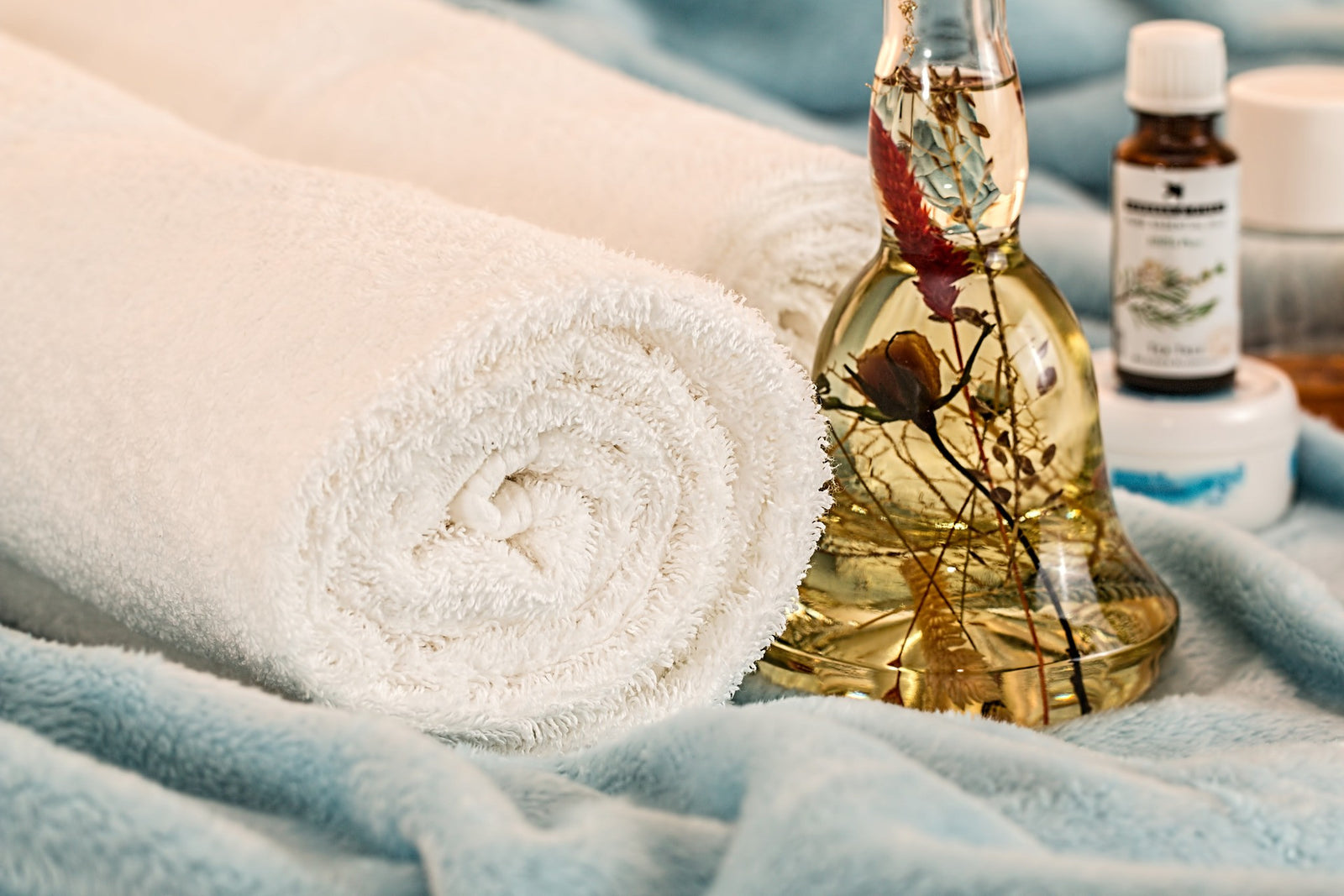Your Cart is Empty
Love these face rest covers and have always purchased from Massage Warehouse as fantastic quality, durability and fit. Also easy to launder. Great customer service, delivery and packaging. Highly recommend.
I bought this to repair some torn upholstery around the face hole of my massage table. It worked really well. The colour match was good too, even though it's not seen.
Very simple, clean and not too ‘crinkly’ as some plastics/waterproofs are. I pop them underneath my couch cover and it saves the memory foam mattress topper that I have on my couch.
This table is every I need, at this moment of a massage journey. We trained on these, do I knew they were reliable. Solid table for starting out.
Thanks.
This massage table is fantastic quality and very sturdy. It’s easy to assemble. The 8cm thickness of the bed makes it very comfortable.
It is pretty heavy though and quite uncomfortable to carry about in the bag. I’m glad that it will be a permanent fixture in my room





